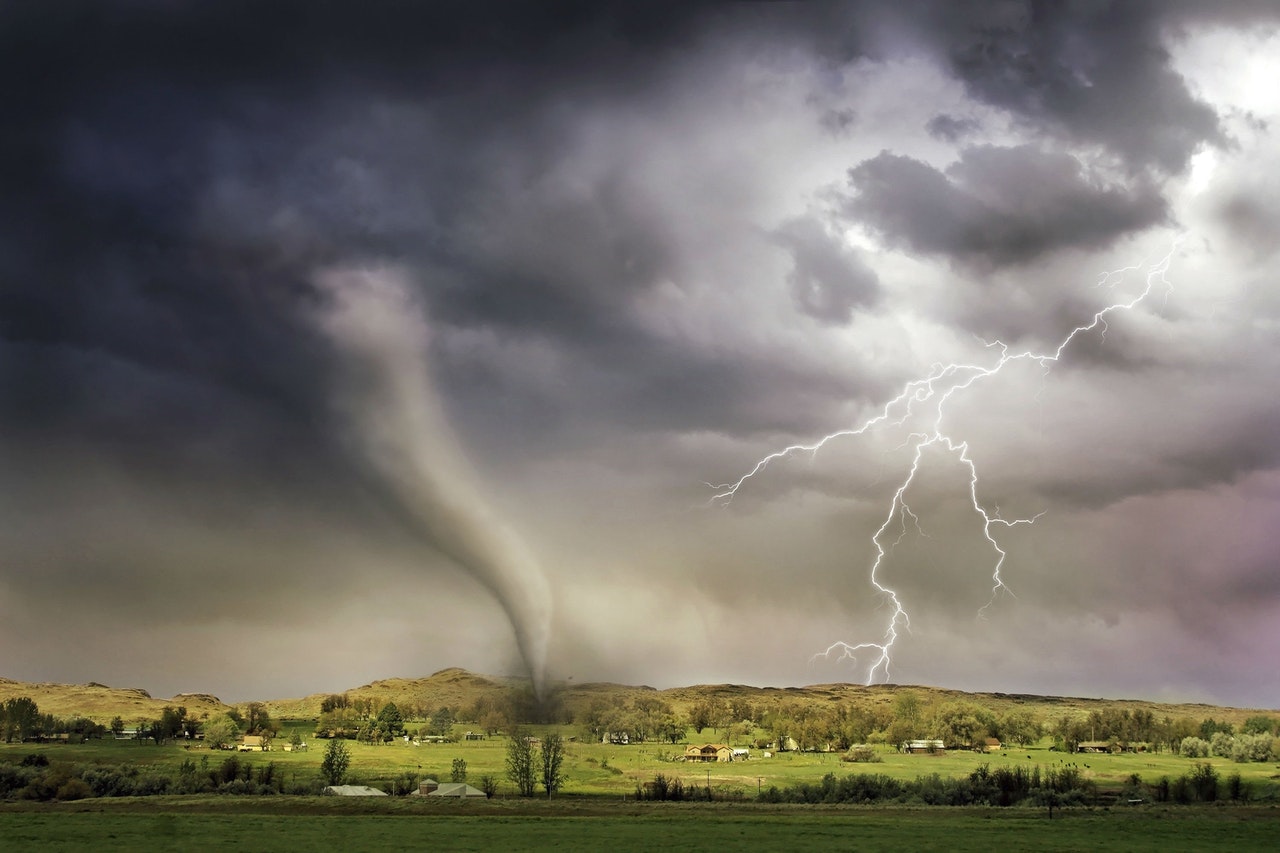When I checked the weather for my town in Northern California over the weekend, I saw a "red alert." What? Sure, it was windy and a bit warm, but a red alert? For what? It turns out that we're already in fire season: Low humidity, high temperatures and strong winds meant severe danger for wildfires. At the beginning of May.
At the same time, all forecasts seem to be for an unusually active hurricane season in the Atlantic this summer. So, buckle up. As bad as the past few years have been, there's no reason to think this summer will bring any relief from natural disasters in the U.S.
This forecast on hurricanes calls for not only the sixth consecutive year of more hurricanes than average -- following a year when there were so many tropical storms that they ran through the entire alphabet of designated names and made it deep into the Greek alphabet -- but also for more that will make landfall in the Caribbean and along the U.S. coast. The reasons for concern are that the La Nina weather pattern is expected to last into the early summer and that sea temperatures are well above average in the Caribbean and Gulf of Mexico.
While wildfires are harder to predict, this Washington Post article reports that structural changes in the weather are making California more vulnerable. The big issue is that the dry season, which lasts roughly from late spring to late fall, is expanding, according to analysis from weather stations around the state from the past 60 years. For instance, Sacramento, near where I live, has seen the onset of its rainy season delayed by three weeks just since 1979. San Francisco has had its dry season expand by 14 days.
About 4.2 million acres burned in the state last year, an area larger than Connecticut and twice as extensive as the previous worst season on record. (In a bizarre story, authorities allege that one of the major fires was set by someone who had killed a woman and wanted to hide the evidence of how she died; the fire killed two men whose homes lay in its path.)
It's been a dry winter, so who knows how bad this year will be?
Technology is finally being deployed that uses sensors to track the progress of fires and help with deployment of resources -- firefighting has been described as "100 years of tradition, unimpeded by progress" -- but that seems to be a few years away from making a major difference.
For now, we seem to need to brace for a wet, stormy summer in the Caribbean and along the Atlantic coast and a long, hot summer in my neck of the woods.
Keep your fingers crossed.
Cheers,
Paul
P.S. Here are the six articles I'd like to highlight from the past week:
Gateway to Claims Transformation
Claims management is a perfect use case for just how critical platforms and ecosystems can be in achieving transformation.
Nonstandard Auto Insurance’s Key Role
Customers, insurance carriers and their distribution need nonstandard auto protection for drivers now more than at any time in history.
Transformation of the Risk Landscape
Insurers of all sizes need to take note of changes in the risk landscape and continuously improve their ERM practices.
Bring Certainty to Remote Injury Claims
The reality is that injuries occur all the time in any environment, at home just as they do in a conventional workplace.
Distribution in commercial lines is in play. Companies are rethinking strategies to reach preferred segments and drive more profitable business.
How Well Did Agents Cope With COVID?
Both brokers and carriers give themselves high marks on retaining and servicing existing policyholders. But new business is a different story.





